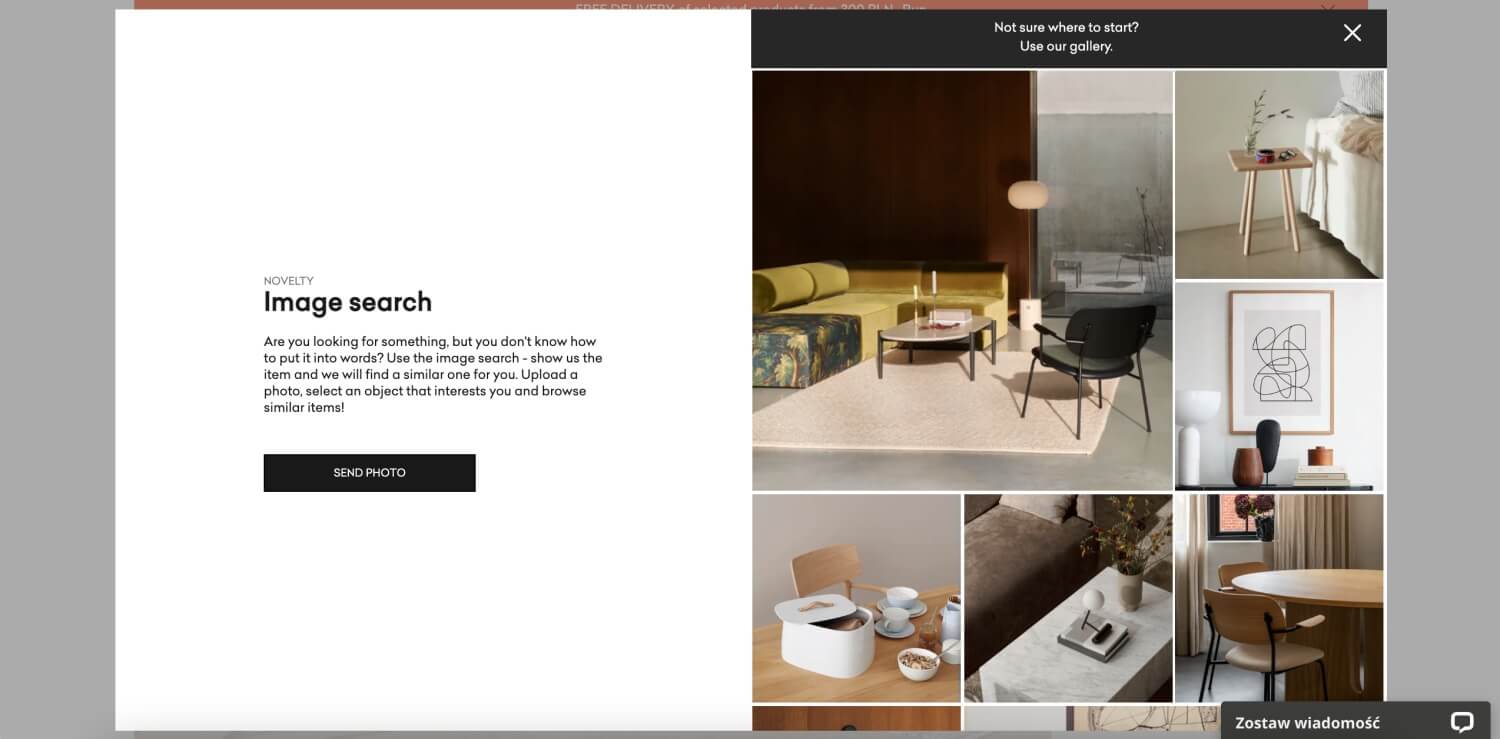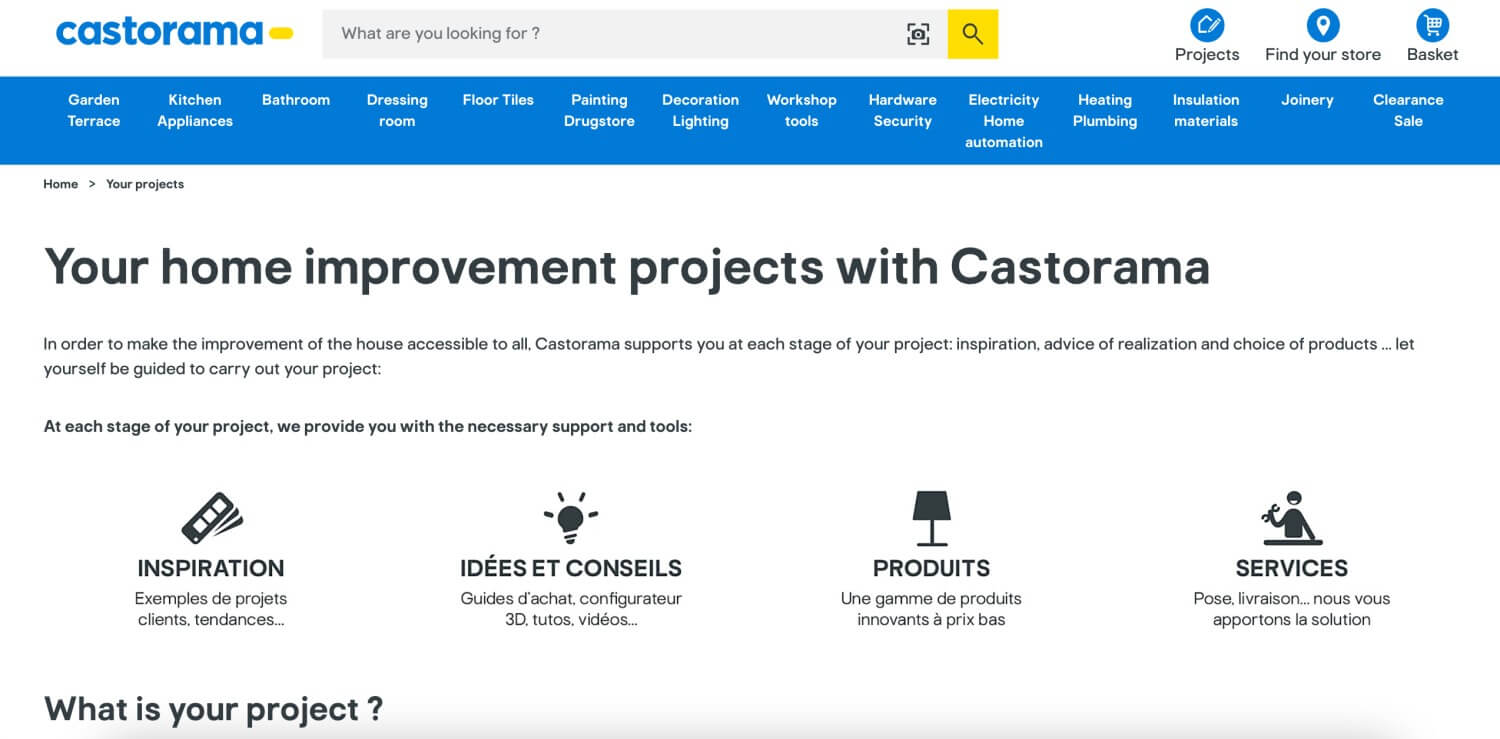Over the last year, our concept of home — and our relationship with it — has changed dramatically. It’s no longer just a place to relax or sleep when we’re not at the office, at school, at the movies, or at a cafe. Home has suddenly become all of these things rolled into one. And unsurprisingly, we’ve begun to care a lot more about what our homes look like.
In 2019, the global home decor market was valued at $616.6 billion. By 2027, it’s expected to reach $838.6 billion. Online home decor spending is seeing a similar trend. In fact, U.S. eCommerce sales of furniture and homeware are projected to reach more than $54.23 billion in 2024, accounting for at least 12% of total eCommerce sales, and up from $42.29 billion in 2019.
Selling Home Decor Online: 4 Challenges & How to Solve Them
Our homes are a reflection of our individuality. As we continue to do everything from home, it’ll only become more important that our space suits our tastes and preferences, while serving our practical needs. With brick-and-mortar stores remaining shuttered in many parts of the world, consumers have turned to eCommerce for all their new home decor needs.
However, since home decor is a traditionally high-priced category that often involves comparison shopping and consulting with roommates or family members, brands and retailers face a number of challenges when selling furniture online. We’ve put together a list of the four most common difficulties and how to overcome them:
Challenge 1: Shoppers have a hard time articulating what they’re looking for
Home decor shopping is a highly visual activity. More than 56 million Pinterest users actively engage with home content on the image-sharing social app.
Brands and retailers need to create an eCommerce experience that feels intuitive and aligns with how today’s home shoppers find home inspiration — via images. This is particularly true for first-time homeowners or furniture shoppers with a limited home decor vocabulary. They know what they like when they see it, but they can’t really describe it.
Solution: Think visual
- Create decor inspiration galleries on your website, and feature your furniture in fully styled rooms according to themes like “minimalist” or “work from home setup.”
- Provide icon-based navigation, so your customers can choose a category based on shape and design rather than language.
- Offer visual search functionality. This way, shoppers can purchase the same way they get inspired: Whether they’ve saved a Pin, an Instagram post, or a photo, they can simply upload it on your website and choose from similar results in your inventory.

Challenge 2: Difficulty in understanding product quality
Unlike in brick-and-mortar stores, it can be tough to discern the quality of furniture and home decor online. To educate shoppers about the quality of your products online, you need more than just detailed information. You need to address their concerns at the emotional level, too.
Solution: Build trust
- Feature high-quality photos or videos that showcase your furniture and home decor products from all angles. This way, customers can get a sense of how they look and feel in real life. Include user-generated photos as well, so shoppers know that they are seeing authentic, unedited images.
- Elevate product reviews by encouraging past customers to be more detailed with their feedback. For instance, asking specifically about the quality of the product in a post-purchase survey. Give shoppers the option to sort reviews by topics like quality, dimensions, color, and more, so they can get the information that matters.
- Highlight seals of quality assurance or industry standards in your product detail page copy. For example, make a note of furniture that is 100% hardwood or an item that is handmade.
Challenge 3: Shopping for home decor online doesn’t feel personal
Personal style is no longer just about fashion. Shoppers want the same individualized experiences they get while shopping for clothes when they buy home decor. When you make your customers feel that their preferences and needs are understood, they’ll be more likely to return and become brand loyalists.
Solution: Make it personal
- Use questionnaires and chatbots to better understand shoppers and reveal intent. This way you can direct shoppers to the styles and products that most closely match what they’re looking for.
- Provide personalized recommendations throughout the buyer journey. From the homepage to the cart page, suggest products that will appeal to each individual shopper based on the items they interact with on your site.
- Tailor your on-site experience and service to your shoppers’ needs. For example, French home and garden retailer Castorama offers a variety of online tools, from inspiration to project-based advice for DIY-ers, to give shoppers a premium, personalized experience.

Challenge 4: Returns when customer expectations aren’t met
Like shipping, returns are costly and inconvenient for brands and retailers selling home decor online. They are also frustrating and disappointing for shoppers. To avoid the negative experience on both sides, it’s critical that customers are able to answer all their questions about products before making a purchase.
Solution: Engage shoppers in the purchase process
- Not all shoppers are well-versed in the nuances of home decor. This is where educational content comes in. Brands and retailers should explain the difference between materials, offer advice on mixing and matching, make dimensions abundantly clear, and detail any care instructions.
- Provide interactive online showrooms or augmented reality tools so shoppers can visualize your products in the context of their homes.
- Offer concierge services to ensure shoppers can ask any question not answered on your site prior to purchasing.
What’s Next for Online Home Decor Retailers?
As with other verticals, selling home decor online will only become more common going forward. The solutions presented in this post serve as a starting point for solving the challenges currently facing home and garden retailers.
As shoppers get more used to buying high-ticket, high-consideration items like furniture online, mastering the same quality of experience on mobile will be the next frontier for home decor brands and retailers. Check out our mobile masterclass to get winning strategies for building smart, intuitive experiences on smaller screens.